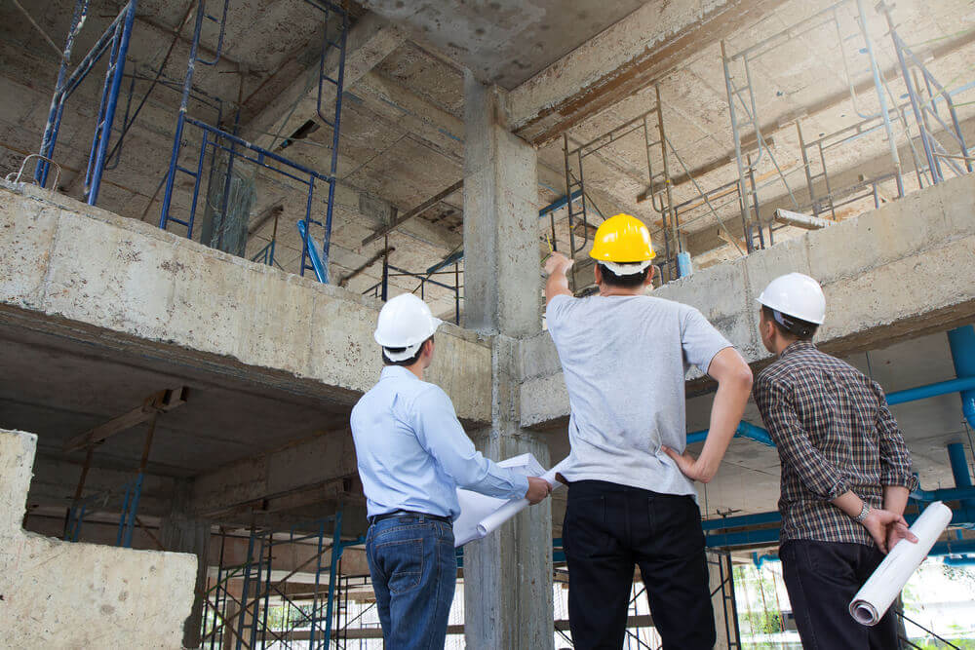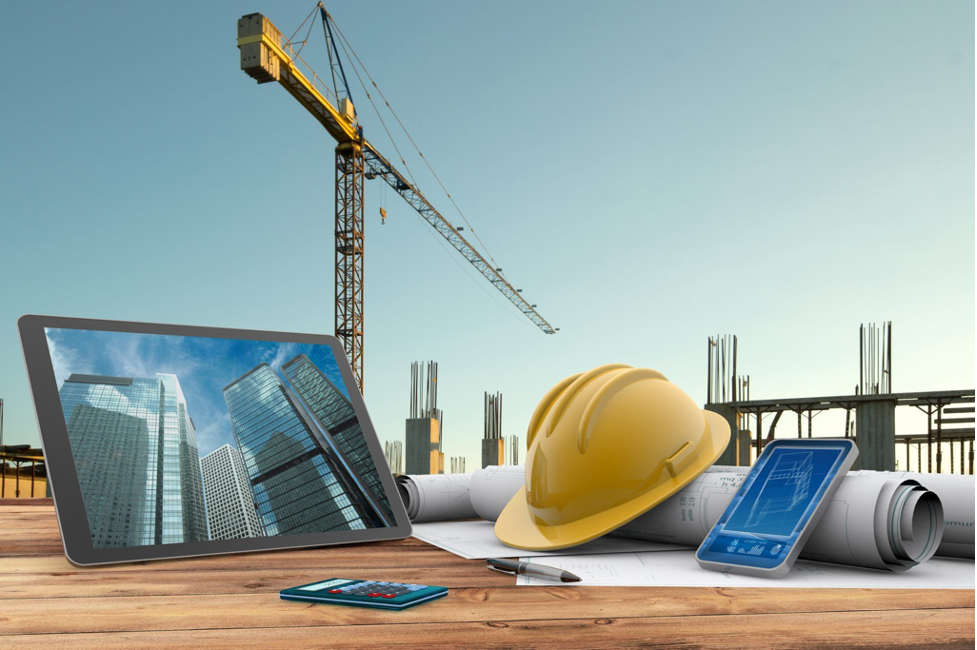
Structural Engineering Services, a crucial subset of civil engineering, continue to evolve as the demand for safer, more resilient structures grows. Today’s advancements in structural engineering techniques and technologies help create buildings that not only meet safety standards but exceed them, ensuring structures are equipped to withstand environmental, structural, and
even human-made stresses.
Material Innovation:
One of the key trends driving this evolution is the shift toward material innovation. Modern materials such as high-performance concrete, carbon fiber-reinforced polymers, and even self-healing concrete are now used to enhance the load-bearing capacities of buildings. These materials significantly improve the durability and longevity of structures, minimizing maintenance requirements and enhancing safety.
High-performance materials like carbon fiber polymers are lighter yet incredibly strong, allowing for innovative designs that maximize structural integrity without adding excessive weight.
- These materials significantly improve the durability and longevity of structures.
- High-performance materials like carbon fiber polymers are lighter yet incredibly strong, allowing for innovative designs that maximize structural integrity without adding excessive weight.
Advanced Computational Modeling:
Advanced computational modeling has also revolutionized how structural engineers approach building design. With new software tools, engineers can analyze how different shapes, materials, and environmental factors affect a building’s stability.
This digital simulation helps in predicting a structure’s behavior under various conditions, providing invaluable insights before construction even begins. Modeling now extends to seismic analysis and wind resistance, enabling buildings to withstand natural events better than ever before.
- With new software tools, engineers can analyze how different shapes, materials, and environmental factors affect a building’s stability.
- Digital simulations predict a structure’s behavior under various conditions, providing insights before construction begins.
Sustainable Practices in Structural Design:
Another major trend is the integration of sustainable practices in structural design. Green construction practices, including the use of recycled materials and energy-efficient building designs, have been prioritized in response to growing environmental concerns.
These practices are not only eco-friendly but also offer enhanced resilience, contributing to the building’s long-term performance.
- Green construction practices, including the use of recycled materials and energy-efficient building designs, address environmental concerns.
- These practices enhance resilience, contributing to the building’s long-term performance.
Structural Health Monitoring Systems:
Additionally, structural health monitoring systems are becoming more widely used. These systems allow engineers to continually monitor the “health” of a building using sensors that detect stress, cracks, and other potential weaknesses. By identifying issues early, SHM reduces the risk of failure and extends the life of the structure.
- SHM allows engineers to continually monitor the “health” of a building through sensors that detect stress, cracks, and other weaknesses.
- By identifying issues early, SHM reduces the risk of failure and extends the structure’s life.
Conclusion:

The continuous innovation in structural engineering ensures the development of safer, stronger buildings that benefit both the community and the environment. Sumer Innovations applies these advanced trends to create structures that prioritize safety, sustainability, and longevity, setting new standards for resilience in the industry.




